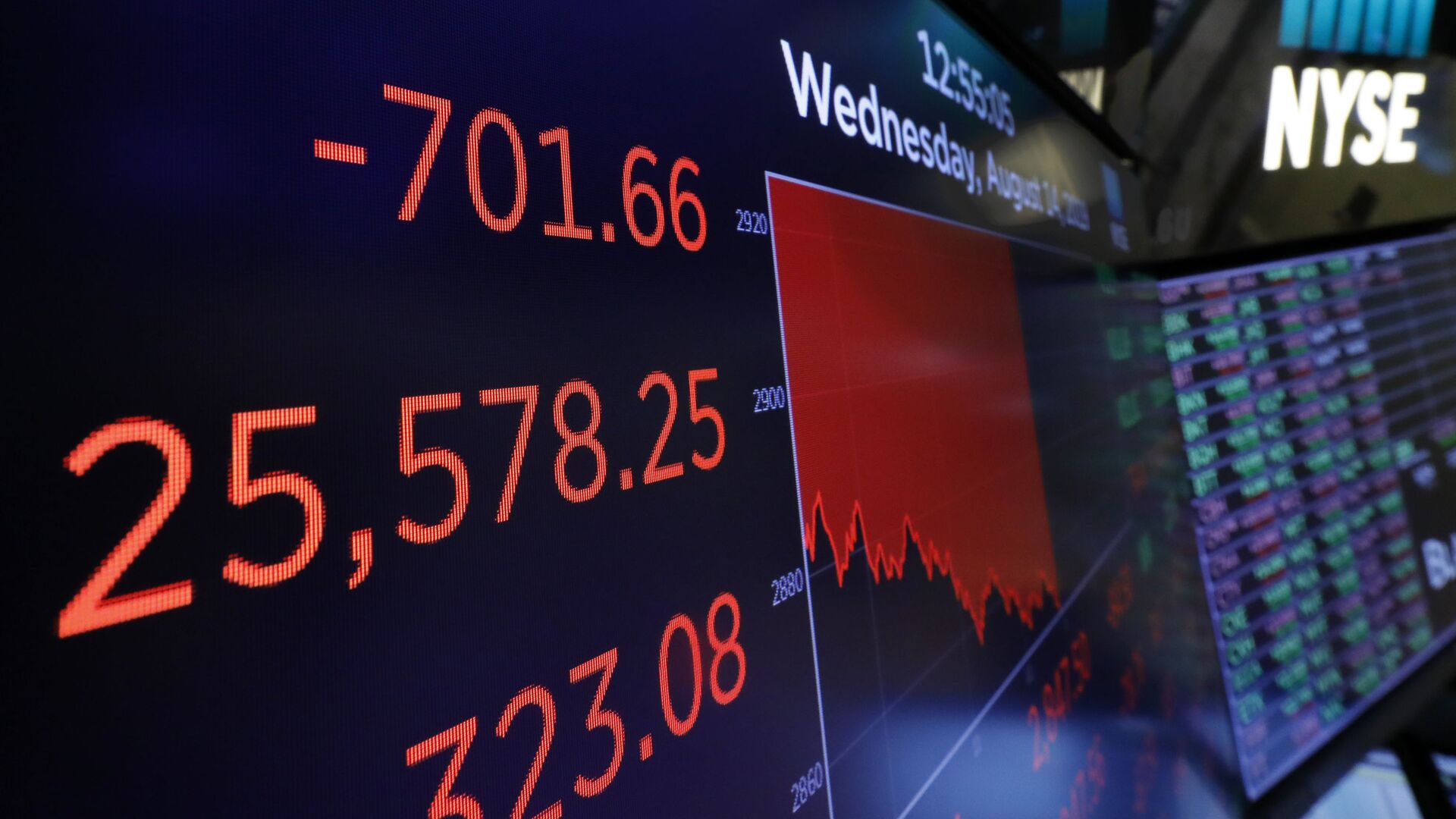Record highs were registered by global stock markets and Wall Street futures on Wednesday.
Wall Street’s benchmark S&P 500 index climbed 0.3 percent to a new high, with the futures pointing to a less than 0.1 percent rise.
What’s going on in the markets? The S&P 500 shot up to a record high on Tuesday, NASDAQ100 keeps flirting with the bulls, and Gold trades steady above $1747. Next, check out the latest. It’s hot!https://t.co/7nSop5uTSp
— Trade360 (@Trade360_LTD) April 14, 2021
#indices #cfds #cfdtrading #indexcfds #nasdaq #gold pic.twitter.com/YrGtzhH4kA
The Dow Jones Industrial Average, which includes Johnson &Johnson, fell 0.2 percent on Tuesday.
Johnson & Johnson fell 1.3 percent on news that US regulators had suspended administering its single-dose COVID-19 vaccine pending a probe into its possible links to potentially dangerous blood clots.
Futures for the Dow Jones Industrial Average were unchanged. The Nasdaq gained 1.1 percent.
Indices Update: As of 10:00, these are your best and worst performers based on the London trading schedule:
— DailyFX Team Live (@DailyFXTeam) April 14, 2021
France 40: 0.39%
FTSE 100: 0.23%
US 500: 0.11%
Wall Street: 0.02%
Germany 30: -0.07%
View the performance of all markets via https://t.co/2NUaqnUPED pic.twitter.com/dnkLDOpdWY
Europe, London and Paris opened higher, as early trading showed London’s FTSE 100 up less than 0.1 percent at 6,896.64.
The CAC 40 in Paris gained 0.2 percent to reach 6,196.15.
Frankfurt’s DAX fell less than 0.1 percent to 15,222.10.
In Asia, the Shanghai Composite Index grew 0.6 percent to 3,416.72 and the Hang Seng in Hong Kong added 1.3 percent to 28,855.83.
Meituan, Tencent and Xiaomi were the biggest boosts to the MSCI Asia Pacific Index, which rose for a second day, as well as the Hang Seng Index. pic.twitter.com/RPTGfpvcnA
— D.A. Market Securities (@itradeph) April 14, 2021
Deviating from the trend, Tokyo’s Nikkei 225 lost 0.4 percent to reach 29,620.99 after government data showed February machinery orders plummeting by a margin of 8.5 percent from March on concerns about Japan’s post-pandemic recovery.
The Kospi in Seoul rose 0.4 percent at 3,182.38 and in Australia, S&P-ASX 200 gained 0.7 percent to reach 7,023.10.
Today at 9:30 crude & #heatingoil trade prices rise
— HeatingOilShop.com (@ukheatingoils) April 14, 2021
WTI Crude 61.05 +0.87 +1.45%
Brent Crude 64.57 +0.90 +1.41%
Heating Oil 1.844 +0.030 +1.63%(
Crude prices push up today's average UK Distributor price to 40.66ppl
Get #heatingoilquotes from https://t.co/nhOo7zGQoz pic.twitter.com/xm3QVZxypl
In energy markets, benchmark US crude soared 76 cents to reach $60.94 per barrel in electronic trading on the New York Mercantile Exchange.
Tamed Yields, ‘Not Too High’ Inflation
The gains in equity markets came as bond yields were pushed lower in the wake of solid demand for a 30-year US bond auction a day before.
The $24 billion in 30-year bonds were sold at a high yield of 2.320 percent.
A jump higher in the 10-year yield to 1.703 percent soon abated after US federal health agencies recommended pausing the use of Johnson & Johnson's COVID-19 vaccine due to concerns related to blood clots.
Tuesday's developments followed relatively uneventful auctions of three- and 10-year notes totalling $96 billion on 12 April.
"The market breathed a bit of a sigh of relief after the 30-year (auction)," Gennadiy Goldberg, senior US rates strategist at TD Securities was cited as saying.
The stock market highs were also driven by "not too high" inflation readings, according to François Savary, chief investment officer at Swiss wealth manager Prime Partners.
"People are now waiting for earnings season, which should give us more visibility on the outlook and whether the significant market performance we've seen is logical and sustainable," he was quoted by Reuters as saying.
Consumer prices data had showed that despite a jump in underlying inflation recorded in March, it was not as wildly rampant as earlier feared.
BREAKING! US headline #inflation rose to 2.6% in March, higher than expected and the highest level since August 2018. Core #CPI at 1.6% also higher than expected. pic.twitter.com/VWJyvJU2d9
— jeroen blokland (@jsblokland) April 13, 2021
The US consumer price index (CPI) rose 0.6 percent, the biggest increase since August 2012.
Demand was prompted by boosted rollout of COVID-19 vaccinations and fiscal stimulus aimed at propping up the pandemic-battered economy. Investors were similarly buoyed, despite some countries still struggling to contain the virus and introducing lockdowns and restrictions that are bound to impact trade and business.
“Inflation isn't running away anytime soon and it's not going to cause the (U.S Federal Reserve) to reassess its approach to monetary policy in the near future," Zachary Griffiths, macro strategist at Wells Fargo, Charlotte, North Carolina, was quoted by Reuters as saying.


